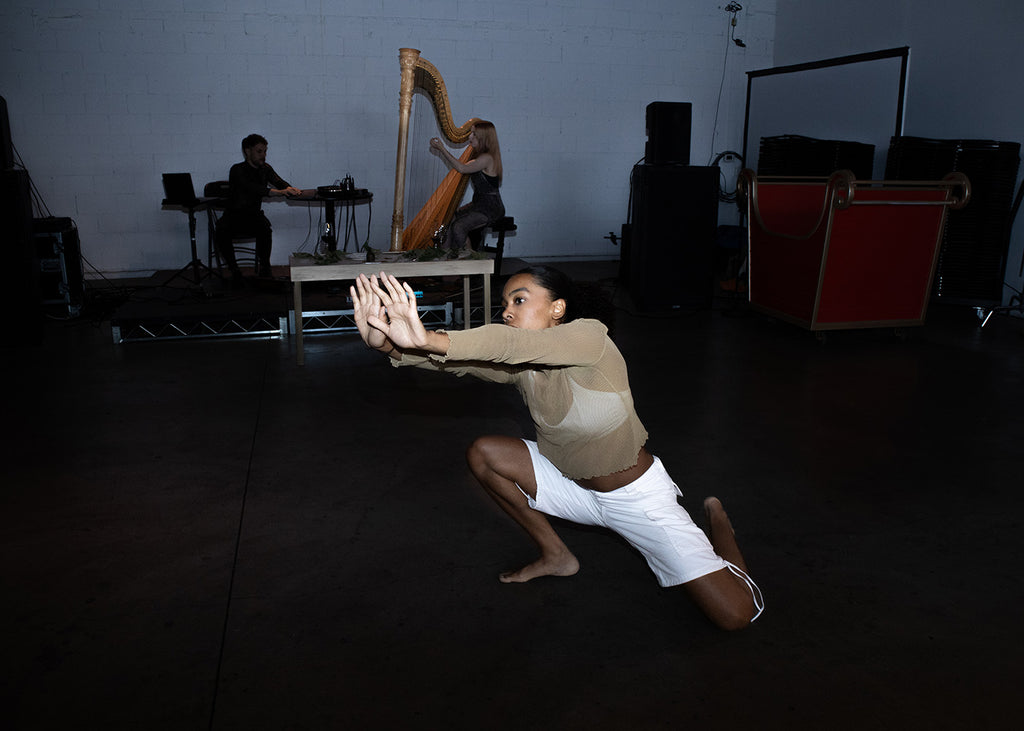Dancing and Screaming Against the Sky
“Profanations,” created by choreographer Faustin Linyekula and music artist Franck Moka, is not a “just” dance piece: it’s a live concert, a cinematic séance.
Plus
World-class review of ballet and dance.
No reviewer wants to arrive at a performance, check in and wait to be seated, only to have the theater experience a power outage, in this case 2220 Arts + Archives, the site of the erstwhile Bootleg Theater. But if one is served oysters while waiting —for an hour, as it turned out, before a generator arrived—well, this writer is there! Seriously, Volta Collective, founded during the pandemic by Megan Paradowski and Mamie Green, fuses physicality, theatricality and multidisciplinary approaches to performance, with their recent “Salt” a testament not only to the group’s culinary prowess, but also to their musical, dance, thespian and literary chops.
Performance
Place
Words



“Uncommonly intelligent, substantial coverage.”
Your weekly source for world-class dance reviews, interviews, articles, and more.
Already a paid subscriber? Login

“Profanations,” created by choreographer Faustin Linyekula and music artist Franck Moka, is not a “just” dance piece: it’s a live concert, a cinematic séance.
PlusWhen Alban Lendorf (b. 1989) was four, he became attentive to the piano. As he explained in an interview with Pointe magazine, when his lessons advanced to the learning of a Chopin waltz, his piano teacher suggested he take dance classes to help open up the music. From the school of The Royal Danish Ballet to the company, his career rocketed forward; by the time he turned twenty-one, he was a principal dancer, still playing the piano and testing a latent gift for acting.
PlusMarie Antoinette is not an entirely sympathetic character. Her penchant for luxury and extravagance—and the degree to which she was out of touch with the lives of the majority— made her a symbol of the wealth disparity that prompted the French Revolution.
PlusAscending the Guggenheim Museum's rings through Rashid Johnson's retrospective, “A Poem for Deep Thinkers,” is a dance in of itself.
Plus
comments